
Introduction
In the mining and related industries, the CIL (Carbon-In-Leach) and CIP (Carbon-In-Pulp) processes are widely used as important methods for recovering target metals (such as gold) through activated carbon adsorption, thanks to their high efficiency and relative environmental friendliness. Understanding their core steps and optimization key points is crucial for improving metal recovery rates, reducing costs, and enhancing the sustainability of industrial processes.
Core Steps of CIL/CIP Process
Raw Ore Pretreatment
Crushing and Grinding: The initial step of both CIL and CIP processes is to crush and grind the raw ore. The aim is to reduce the ore particle size to an appropriate range, fully expose the target metals, and increase the contact area with the leaching agent in the subsequent leaching process. For example, in the case of gold ore, jaw crushers, cone crushers, and other equipment are used for coarse and medium crushing, followed by fine grinding with ball mills to dissociate gold minerals from gangue minerals.
Slurry Impurity Removal: The slurry obtained after crushing and grinding often contains impurities such as wood chips and grass roots. If these impurities are not removed, on one hand, they may adsorb target metals in the slurry, leading to metal loss; on the other hand, they may block pipes, carbon screens, and other equipment in the subsequent processes. Therefore, an impurity removal process is usually set up at the overflow of the grinding and classification stage. Manual sorting, screening, and other methods can be used to remove larger impurities.
Leaching and Adsorption Process
1.CIP Process
Cyanide Leaching: In the CIP process, the ground ore is first thoroughly mixed with a cyanide solution in a leaching agitation tank. Cyanide can react chemically with target metals like gold to form soluble metal cyanide complexes, converting solid metals into ionic states in the solution. This process generally takes place in multiple series-connected leaching tanks. Mechanical agitation and aeration are employed to ensure full contact between the cyanide and the ore, promoting the leaching reaction.
Activated Carbon Adsorption: After the gold and other metals are fully leached in the cyanide solution, activated carbon is added to the leached slurry. Activated carbon has a huge specific surface area and abundant microporous structures, giving it a strong adsorption capacity for metal cyanide complexes. The adsorption process occurs in multiple adsorption tanks in a countercurrent manner, that is, the slurry flows into the first adsorption tank, while the activated carbon is added from the last adsorption tank. The two flow in opposite directions to improve the adsorption efficiency. During the adsorption process, metal cyanide complexes are transferred from the solution and adhere to the surface of the activated carbon, achieving the separation of gold from other impurities in the slurry.
2.CIL Process
Simultaneous Leaching and Adsorption: The unique feature of the CIL process lies in the simultaneous occurrence of the leaching and adsorption processes. The crushed and ground slurry, along with the cyanide solution and activated carbon, is added to a series of connected leaching and adsorption tanks. In the first one or two leaching tanks, cyanide is mainly added as a pre-leaching tank to start the dissolution of gold in the ore; in the subsequent leaching tanks, both the leaching of gold and the adsorption of activated carbon occur simultaneously. Due to the presence of activated carbon, once gold forms cyanide complexes in the solution, it is immediately adsorbed by the activated carbon, keeping the gold content in the liquid phase of the pulp at a relatively low level, which is conducive to accelerating the cyanide leaching process of gold. The leaching and adsorption tanks are usually arranged in a stepped manner, and each tank is equipped with an agitation device and a carbon screen. The agitation ensures the full mixing of the pulp, cyanide solution, and activated carbon, while the carbon screen is used to separate the activated carbon from the slurry. The activated carbon flows countercurrently between the tanks, making contact with the slurry in the opposite direction, and finally forms gold-loaded carbon.
Desorption and Electrolysis
Desorption: Whether it is the gold-loaded carbon obtained from the CIP process or the gold-loaded carbon formed in the CIL process, a desorption operation is required, that is, separating gold from the activated carbon to obtain gold-bearing pregnant solution. Currently, the commonly used desorption method is the high-temperature and high-pressure desorption method. Under high-temperature (such as 100 - 150°C) and high-pressure (such as 0.5 - 1.0MPa) conditions, anions that are easily adsorbed by activated carbon are added to the desorption system. These anions can displace the gold cyanide complex ions adsorbed on the surface of the activated carbon, causing gold to return to the solution.
Electrolysis: The gold-bearing pregnant solution obtained from desorption is used to extract gold through the electrolysis process. In the electrolytic cell, a stainless steel plate serves as the cathode, and a graphite plate serves as the anode, with direct current applied. Under the action of the electric field, gold ions in the solution move towards the cathode, gain electrons on the cathode surface, and are reduced to metallic gold, depositing on the cathode surface to finally obtain gold mud.
Activated Carbon Regeneration
After desorption, the adsorption performance of the activated carbon decreases, and it needs to be regenerated to restore its adsorption activity for recycling. Commonly used regeneration methods include thermal regeneration and chemical regeneration. The thermal regeneration method involves calcining the desorbed activated carbon at a high temperature (usually 600 - 900°C), causing impurities such as organic matter adsorbed on the surface of the activated carbon to decompose and volatilize, thereby restoring the pore structure and adsorption performance of the activated carbon. The chemical regeneration method uses chemical reagents to react with the impurities on the surface of the activated carbon, removing the impurities and restoring the activity of the activated carbon. In actual industrial applications, the thermal regeneration method is more commonly used.
Gold Refining
The gold mud obtained from electrolysis still contains other impurities and needs further refining to obtain high-purity gold. Common refining methods include pyrometallurgical refining and hydrometallurgical refining. Pyrometallurgical refining involves smelting the gold mud with flux at high temperature, causing impurities to oxidize, volatilize, or form slag with the flux, separating them from gold. Hydrometallurgical refining uses chemical reagents to dissolve the impurities in the gold mud while keeping gold insoluble, thus achieving the separation of gold from impurities and finally obtaining high-purity gold ingots.
Optimization Key Points of CIL/CIP Process
Raw Material Control
Ore Property Analysis: Before adopting the CIL/CIP process, a comprehensive analysis of the raw ore properties should be carried out, including the mineral composition of the ore, the occurrence state of gold, particle size distribution, and the content of harmful elements. Ores with different properties have different requirements for process parameters. For example, for ores with a high sulfide content, an oxidation process may need to be added in the pretreatment stage to improve the gold leaching rate; for ores with a relatively coarse particle size, the grinding process needs to be optimized to ensure the full dissociation of gold.
Stable Raw Material Supply: Maintaining the relative stability of raw material properties is essential for the stable operation of the CIL/CIP process. During the mining process, the mining sequence should be planned reasonably to avoid excessive mixing of ores with different properties, ensuring that the fluctuations in the properties of the ores entering the concentrator are within an acceptable range. At the same time, a raw material storage yard should be established to properly blend different batches of ores and further stabilize the raw material properties.
Process Parameter Optimization
1.Leaching Condition Optimization
Cyanide Concentration: Cyanide concentration is one of the key factors affecting the gold leaching rate. Excessively high cyanide concentration can increase the gold leaching rate but also raises production costs and environmental pollution risks; too low a cyanide concentration will result in incomplete gold leaching. Therefore, the optimal cyanide concentration needs to be determined through tests based on the ore properties, generally ranging from 0.03% to 0.1%.
Leaching Time: The leaching time is closely related to the gold leaching rate. As the leaching time extends, the gold leaching rate gradually increases, but after a certain period, the increase in the leaching rate levels off, and an excessively long leaching time will increase equipment investment and operating costs. The appropriate leaching time should be determined through tests. For the CIP process, the leaching time is generally 24 - 48 hours; for the CIL process, since leaching and adsorption occur simultaneously, the total operation time is relatively shorter, usually 12 - 24 hours.
Temperature and pH Value: Appropriately increasing the leaching temperature can accelerate the gold leaching reaction rate, but too high a temperature will cause the decomposition of cyanide and increase reagent consumption. Generally, the leaching temperature is controlled at 20 - 35°C. The pH value during the leaching process also has an important impact on gold leaching. Usually, the pH value is controlled between 10 and 11 to ensure the stable existence of cyanide and the effective leaching of gold.
2.Activated Carbon Adsorption Parameter Optimization
Selection of Activated Carbon Type: Different types of activated carbon have different adsorption performances and mechanical strengths. The appropriate activated carbon should be selected according to the ore properties and process requirements. For example, for ores with a large amount of fine-grained gold, activated carbon with a large specific surface area and well-developed micropores is preferred; for the CIL process, since the activated carbon is subject to significant wear in the pulp, activated carbon with high mechanical strength should be chosen.
Activated Carbon Dosage: The dosage of activated carbon should be determined based on the gold content in the pulp and the adsorption capacity of the activated carbon. If the dosage is too low, gold adsorption will be incomplete; if it is too high, it will increase costs and may cause mutual wear among the activated carbon particles. The appropriate activated carbon dosage should be determined through tests, generally ranging from 1 - 5 kg per ton of pulp.
Adsorption Time and Flow Rate: During the adsorption process of the CIP process, it is necessary to ensure sufficient contact time between the activated carbon and the gold-containing solution, usually 8 - 16 hours. At the same time, control the flow rates of the solution and the activated carbon to ensure sufficient countercurrent contact and improve the adsorption efficiency. In the CIL process, optimize the structure of the leaching and adsorption tanks and the agitation intensity to ensure the uniform distribution of the activated carbon in the pulp and enhance the adsorption effect.
Equipment Maintenance and Upgrades
Regular Equipment Maintenance: The CIL/CIP process involves numerous pieces of equipment, such as crushers, ball mills, leaching tanks, adsorption tanks, desorption and electrolysis equipment, etc. Regular maintenance of the equipment, inspection of its wear condition, and timely replacement of vulnerable parts are the foundation for ensuring the stable operation of the process. For example, regularly check the agitation devices of the leaching and adsorption tanks to ensure uniform agitation; inspect whether the screens of the carbon screens are damaged and replace them in a timely manner to prevent the loss of activated carbon.
Equipment Upgrades and Transformations: With the continuous development of technology, existing equipment can be upgraded and transformed to improve process efficiency. For example, adopt new high-efficiency grinding equipment to enhance grinding efficiency and the uniformity of product particle size; in the desorption and electrolysis process, use advanced electrolytic cell designs and automated control systems to increase the gold electrolysis recovery rate and production efficiency.
Environmental Protection and Safety Optimization
Cyanide Management: The cyanide used in the CIL/CIP process is highly toxic and poses great risks to the environment and human health. Therefore, strict management of cyanide is necessary, with strict compliance with relevant safety regulations in all aspects, from procurement, storage, use to wastewater treatment. Use closed storage and transportation equipment to prevent cyanide leakage; in the wastewater treatment stage, adopt effective cyanide destruction processes, such as alkaline chlorination or electrolysis, to reduce the cyanide concentration in the wastewater to below the discharge standard.
Treatment of Exhaust Gases and Waste Residues: Exhaust gases (such as cyanide-containing exhaust gases) and waste residues (such as tailings) generated during the process also need to be properly treated. For cyanide-containing exhaust gases, methods such as absorption and incineration can be used to eliminate harmful gas emissions. Tailings may contain residual cyanide and harmful substances such as heavy metals, and they should be stored safely and undergo necessary harmless treatment, such as using solidification and stabilization technologies to reduce the mobility of harmful substances and prevent pollution to soil and water bodies.
Conclusion
The CIL/CIP process, as an important activated carbon adsorption and recovery process, plays a crucial role in the mining and related industries. By precisely controlling its core steps, including raw ore pretreatment, leaching and adsorption, desorption and electrolysis, activated carbon regeneration, and gold refining, as well as optimizing from multiple aspects such as raw material control, process parameter optimization, equipment maintenance and upgrades, and environmental protection and safety, the efficiency of the process can be significantly improved, costs can be reduced, and its environmental friendliness and safety can be enhanced. In future industrial practices, continuous attention to process improvement and innovation will contribute to further enhancing the competitiveness and sustainable development capabilities of the CIL/CIP process in the field of metal recovery.
- Random article
- Popular articles
- Popular comments
- Laterite Nickel Ore Hydrometallurgical Process for Oxide Ore
- Lithium Ore Processing: Gravity Separation and Flotation
- Zirconium Ore Processing: Gravity Separation and Flotation
- Chromium Ore Gravity Separation and Flotation Process
- Chromite Gravity, Magnetic, and Electric Separation Process
- Manganese Ore Reduction Roasting and Magnetic Separation Process
- Rutile Gravity Separation, Magnetic Separation, and Flotation Process

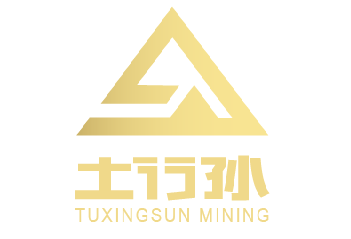

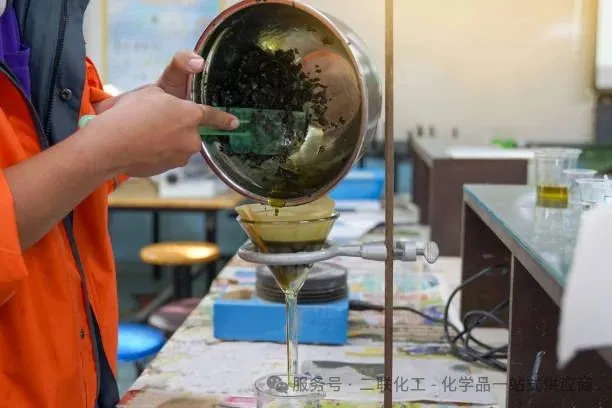

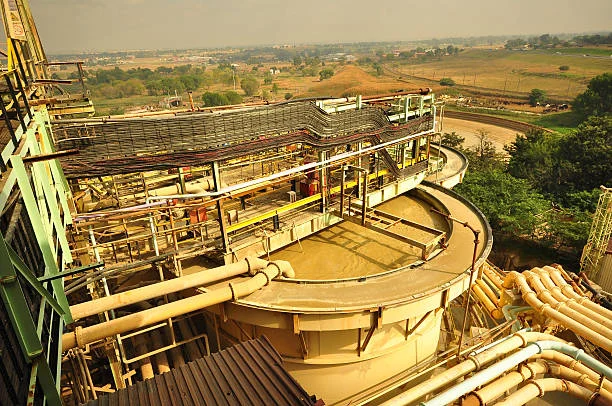
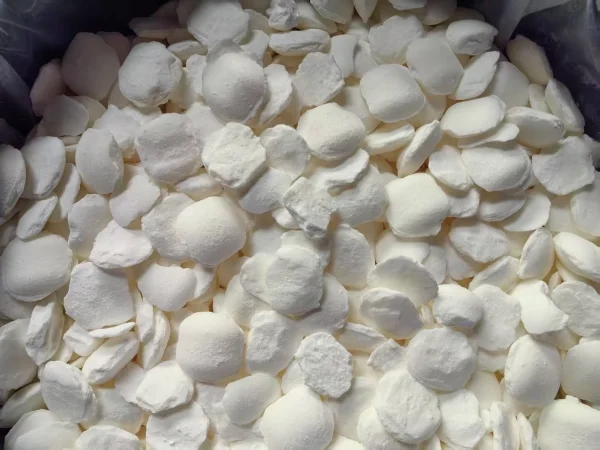
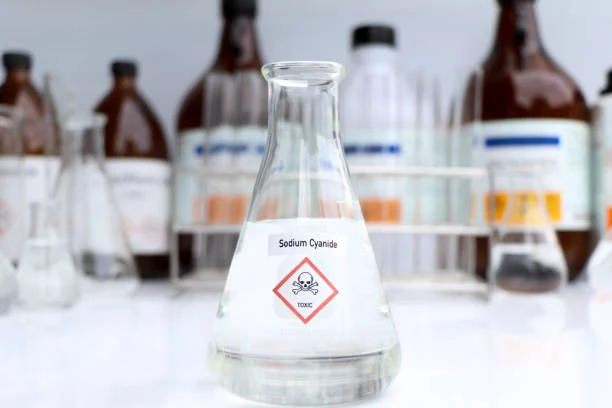
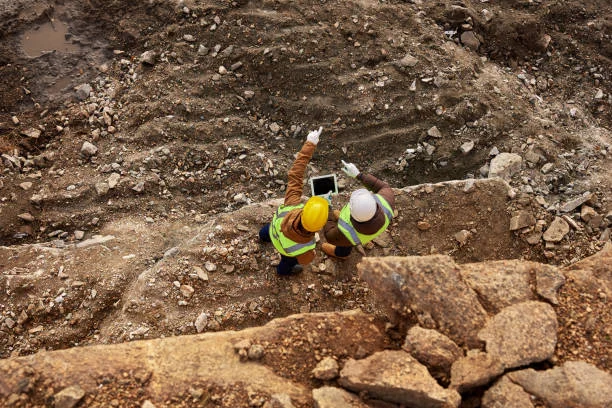
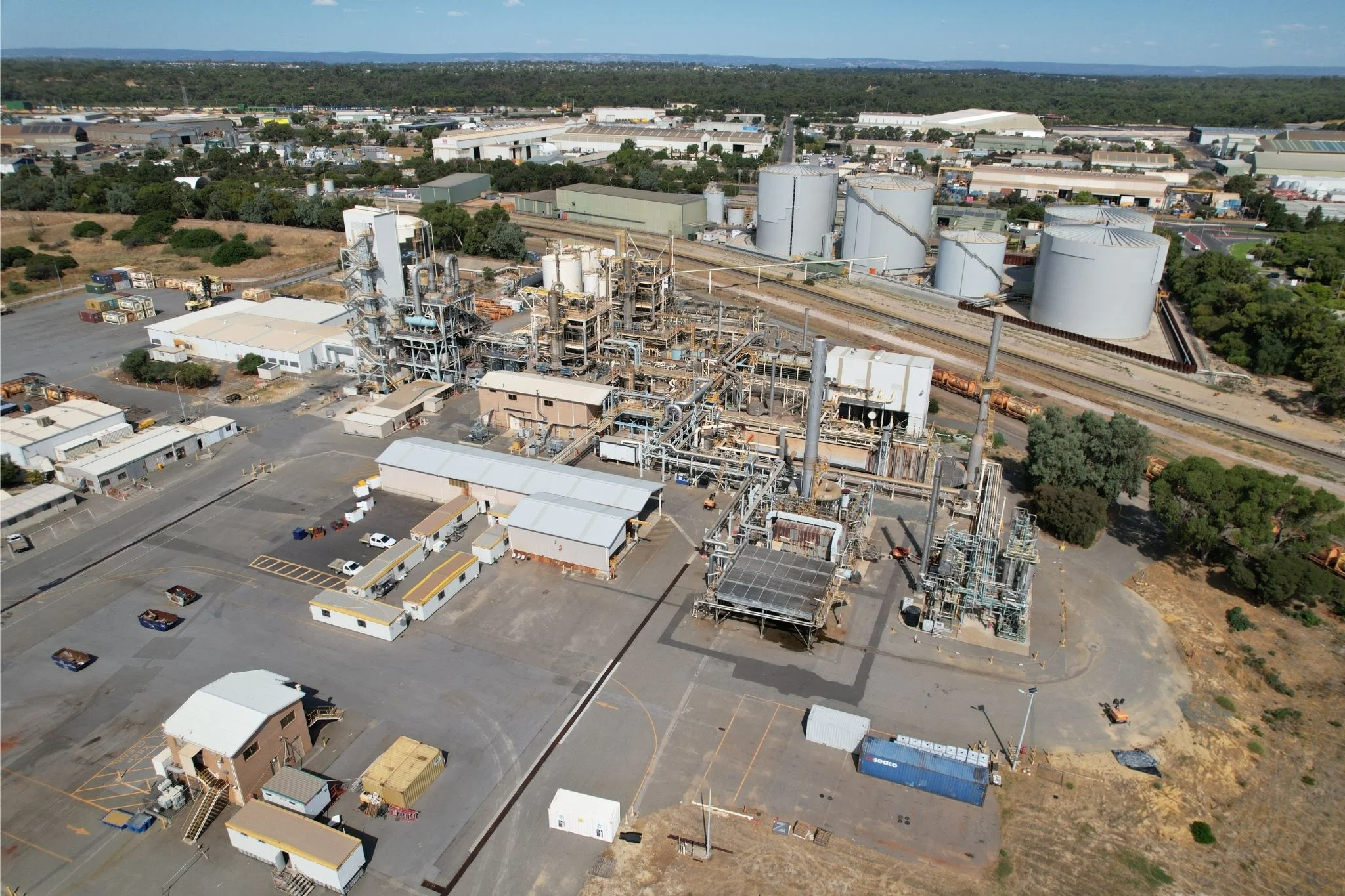
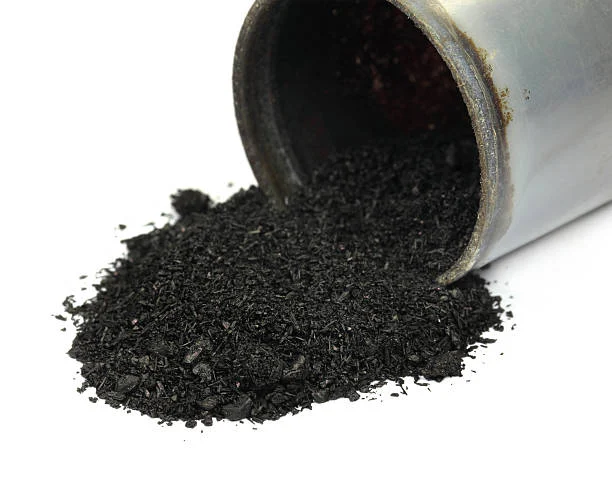
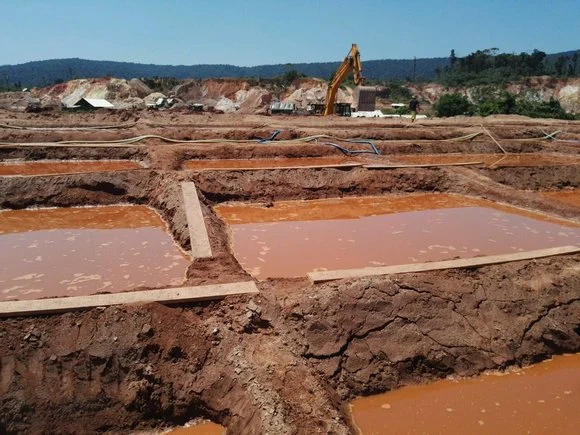
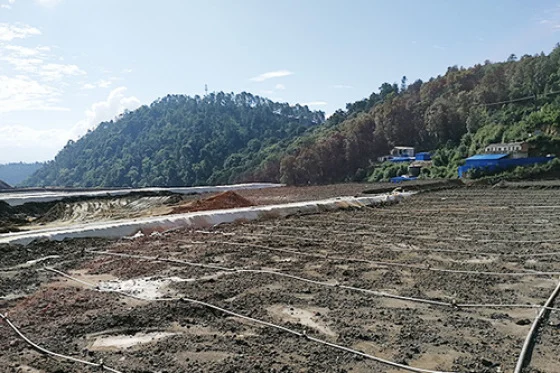
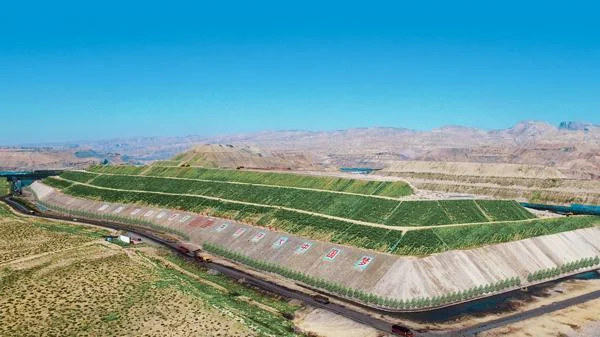

Leave a message with your needs or comments
Add comment: